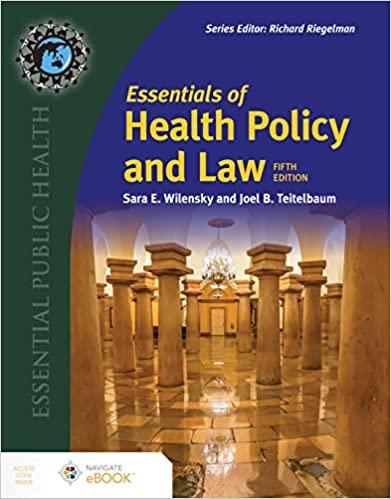Answered step by step
Verified Expert Solution
Question
1 Approved Answer
ASSIGNMENT - After reviewing this week's course content, lecture material, and watching the video REYNOLDS RED SALT answer the following questions...WORTH 12 POINTS IF ANSWERED
ASSIGNMENT - After reviewing this week's course content, lecture material, and watching the video "REYNOLDS RED SALT" answer the following questions...WORTH 12 POINTS IF ANSWERED ADEQUATELY (IN DETAIL AND CLEARLY CONNECTED (using the language of the legislation such as: ).
Video Link: https://www.archaeologychannel.org/video-guide/video-guide/video-guide-list/184-red-salt-a-reynolds
lecture material:

Step by Step Solution
There are 3 Steps involved in it
Step: 1

Get Instant Access to Expert-Tailored Solutions
See step-by-step solutions with expert insights and AI powered tools for academic success
Step: 2

Step: 3

Ace Your Homework with AI
Get the answers you need in no time with our AI-driven, step-by-step assistance
Get Started


